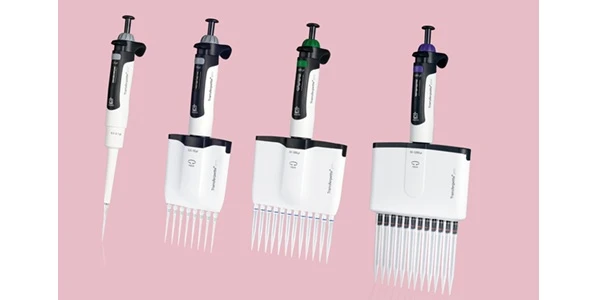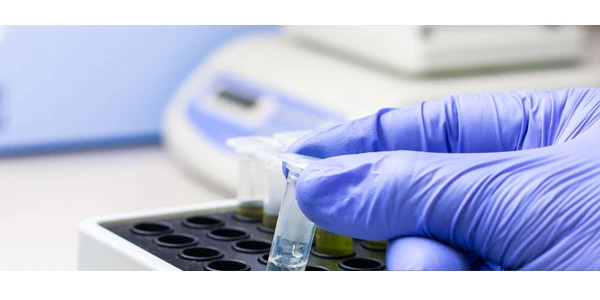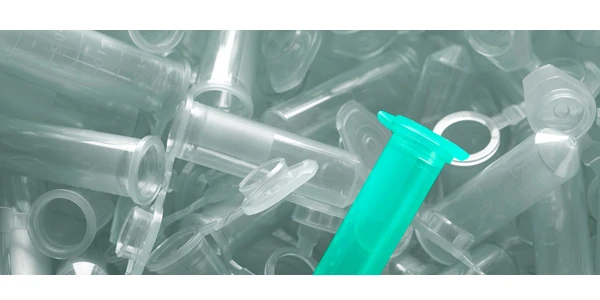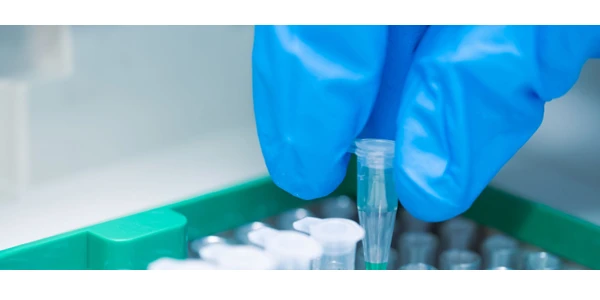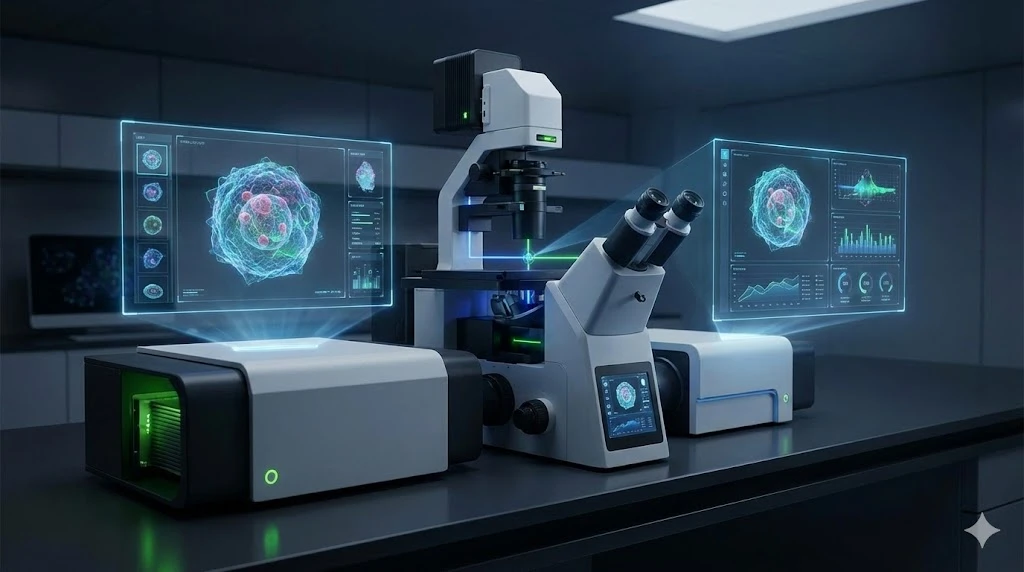The Best Microplate Readers of 2026: Top Picks for Research, Clinical & Industry Labs
Selecting instrumentation is a key task for laboratory professionals managing requirements for sensitivity and throughput. Microplate readers support bioanalytical research, and the models available in 2026 offer integration of multimode detection with automated workflows. As assays shift from simple absorbance to live-cell imaging and time-resolved fluorescence, manufacturers have developed modular systems to address these needs. This guide evaluates five models that represent the current options for performance, versatility, and value in the laboratory. Best High-End Option: EnVision Nexus – Revvity — Features dual detectors for high-throughput screening. Best For Imaging & Hybrid Workflows: Cytation C10 – Agilent BioTek — Combines confocal microscopy with multimode reading. Best On A Budget: SpectraMax Mini – Molecular Devices — Compact design for core applications. Most Versatile: VANTAstar – BMG LABTECH — Simplified workflow with Enhanced Dynamic Range technology. Best For Automation & Cell Biology: Spark – Tecan — Includes environmental controls and AI-driven 3D analysis tools. Price Range: $120,000 – $200,000+ (Highly variable based on configuration) Best For: High-Throughput Screening (HTS) and Drug Discovery Category: High-End / Speed The EnVision Nexus, released in early 2023, is the latest iteration of Revvity’s (formerly PerkinElmer) plate reading technology. Designed to address throughput requirements in drug discovery, this system utilizes a dual-detector design intended to reduce read times compared to standard multimode readers. Detection Modes: Absorbance, Fluorescence Intensity, Luminescence, TRF, FP, HTRF, AlphaScreen/AlphaLISA. Throughput: Dual-detector system for reduced cycle times. Wavelength Selection: Filter modules and quad-monochromators. Software: Kaleido workflow software. Plate Formats: 1 to 3456-well plates. Laboratories focused on high-throughput screening utilize the EnVision Nexus for its sensitivity at high speeds. The system supports applications such as TR-FRET and AlphaLISA assays used in drug target validation. Its Kaleido software is designed to streamline protocol setup. For pharmaceutical research where processing speed is a priority, the Nexus is a relevant option for 2026. Price Range: $90,000 – $160,000+ (Dependent on imaging modules) Best For: Advanced Cell Analysis and Confocal Imaging Category: Hybrid / Imaging Updated in late 2023 with water immersion technology, the Agilent BioTek Cytation C10 combines a multimode reader with a spinning disk confocal microscope. This hybrid system allows researchers to obtain quantitative phenotypic data alongside traditional plate reader metrics without moving samples between instruments. Imaging: Confocal spinning disk and widefield automated microscopy. Detection: Monochromator-based multimode reading (UV-Vis Abs, FL, Lum). Magnification: Up to 60x with water immersion objectives (2023 update). Environmental Control: Temperature control to 45°C, CO2/O2 control, and shaking. Resolution: High-resolution optical sectioning for 3D samples. The Cytation C10 is applicable for labs working with 3D cell models, spheroids, and organoids. The 2023 addition of water immersion optics is designed to improve image quality and sensitivity, allowing for imaging of thick samples. It serves as a solution for phenotypic screening applications, enabling simultaneous acquisition of biochemical data and cellular images. This consolidation of functions may save bench space and reduce the need for separate imaging and detection systems. Price Range: $20,000 – $35,000 Best For: Academic Labs and General Assays Category: Budget / Compact The SpectraMax Mini addresses the need for detection in space-constrained environments. Since its launch in 2022, this reader has been utilized by academic and biotech startups, providing the features of the SpectraMax line in a smaller footprint. Detection Modes: Absorbance, Fluorescence, Luminescence (user-upgradeable). Wavelength Selection: Filter-based system with monochromator options. Control: Wireless tablet control or PC connectivity. Software: SoftMax Pro. Dimensions: Compact form factor for bench use. This model is suitable for laboratories requiring an instrument for routine ELISAs, protein quantification, and nucleic acid purity checks. The SpectraMax Mini allows researchers to access SoftMax Pro software analysis without the cost of a larger reader. Its modular design allows a lab to purchase base absorbance capabilities initially and add fluorescence or luminescence modules as needs evolve, offering a scalable option for grant-funded academic labs. Shop Molecular Devices on LabX Price Range: $30,000 – $50,000 Best For: Assay Development and Flexibility Category: Versatile The VANTAstar, released in 2022, includes features to simplify the microplate reading process, such as Enhanced Dynamic Range (EDR) technology. This feature is designed to remove the need for manual gain adjustments, preventing signal saturation and maintaining data integrity across a range of concentrations. Technology: LVF Monochromators™ for flexibility and sensitivity. Dynamic Range: EDR technology spans >8 decades in a single measurement. Focus: Rapid, full-plate autofocus. Cross-talk Reduction: Automatic correction for luminescence assays. Atmospheric Control: Atmospheric Control Unit (ACU) for O2 and CO2. The VANTAstar is designed for versatility, making it applicable for core facilities and multi-user labs. Its EDR technology is relevant for kinetic assays where signal intensity changes rapidly, as it helps ensure data points are not lost to saturation. Applications range from basic absorbance assays to complex cell-based kinetic studies. The instrument's ability to automatically adjust settings is intended to reduce the learning curve for new users. Price Range: $40,000 – $80,000 Best For: Long-Term Cell Biology and Automation Category: Automation / Cell Biology The Tecan Spark is a widely used system, updated in 2024 with AI-driven 3D analysis tools. It functions as a reader-incubator hybrid, capable of maintaining environmental conditions for extended live-cell studies while providing automated measurement and imaging. Environmental Control: Integrated Te-Cool™ (active cooling), CO2, and O2 regulation. Imaging: Brightfield and fluorescence cell imaging with confluence measurement. Automation: Lid-lifting capability and integrated dispenser options. Analysis: New AI-based tools for spheroid and organoid segmentation (2024). Optics: Fusion Optics combining monochromators and filters. Spark is a solution for microbiology and cell biology laboratories conducting long-term kinetic growth curves or cytotoxicity assays. The 2024 integration of AI analysis tools supports 3D cell culture monitoring, allowing for automated segmentation of organoids. Its compatibility with the Spark-Stack plate stacker supports automated workflows, enabling unsupervised runs for increased throughput. Model Best For Key Features Typical Price Range* Revvity EnVision Nexus High-Throughput Screening Dual detectors, Kaleido software, fast TR-FRET/Alpha $120k – $200k+ Agilent BioTek Cytation C10 Imaging & Hybrid Workflows Confocal spinning disk, water immersion optics $90k – $160k+ Molecular Devices SpectraMax Mini Budget / General Use Compact size, tablet control, SoftMax Pro $20k – $35k BMG LABTECH VANTAstar Assay Flexibility Enhanced Dynamic Range (EDR), LVF Monochromators $30k – $50k Tecan Spark Live Cell Automation Integrated incubator, lid lifting, AI 3D analysis $40k – $80k *Prices are estimated and vary significantly based on modules, region, and specific configuration. The laboratory instrumentation market in 2026 includes systems with increased integration. The microplate readers discussed—including the Revvity EnVision Nexus and the Agilent BioTek Cytation C10—offer analytical solutions beyond simple data collection. Whether prioritizing speed for drug discovery or environmental control for live-cell imaging, these models provide options for modern scientific requirements. Selecting the appropriate platform supports robust and reproducible laboratory workflows. This article was created with the assistance of Generative AI and has undergone editorial review before publishing.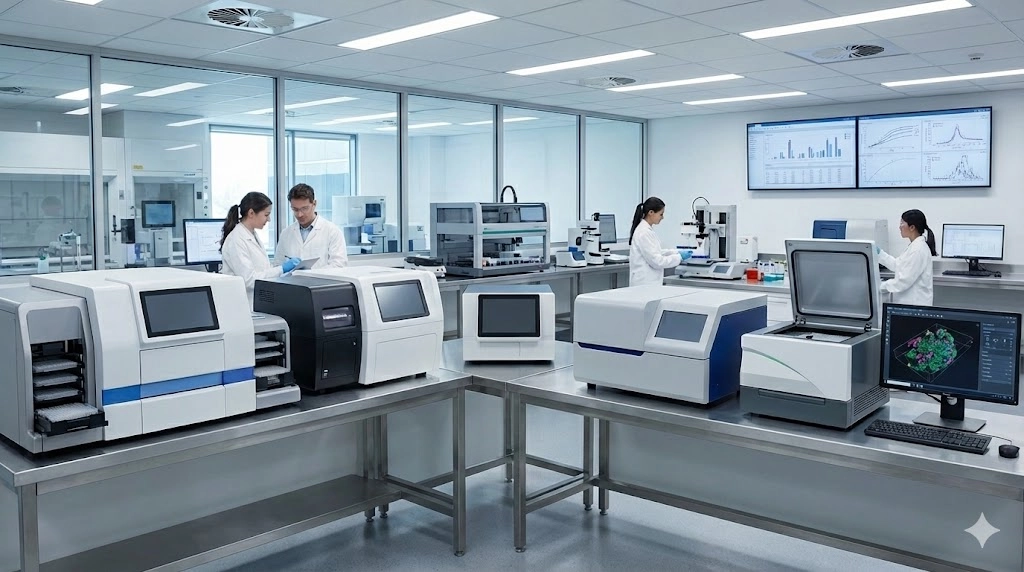
Quick Summary: Top Picks for 2026
EnVision Nexus – Revvity
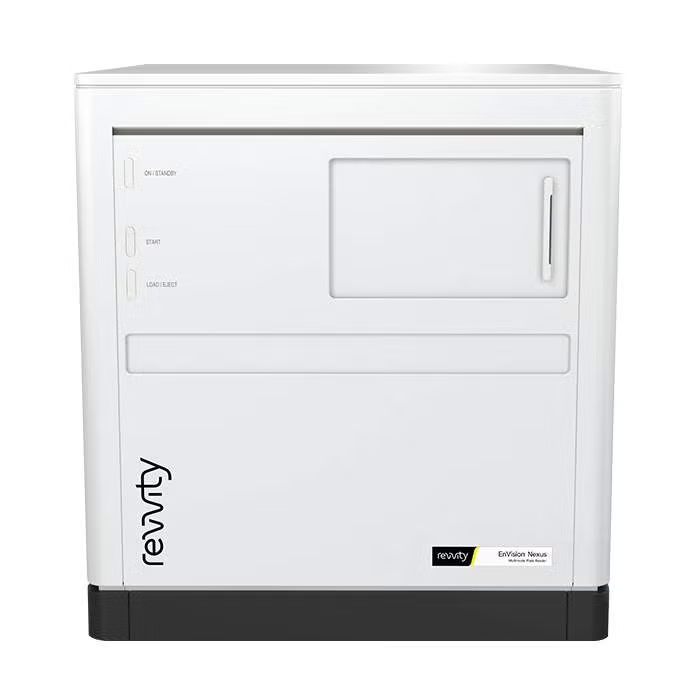
Key Specs
Performance & Applications
Cytation C10 – Agilent BioTek
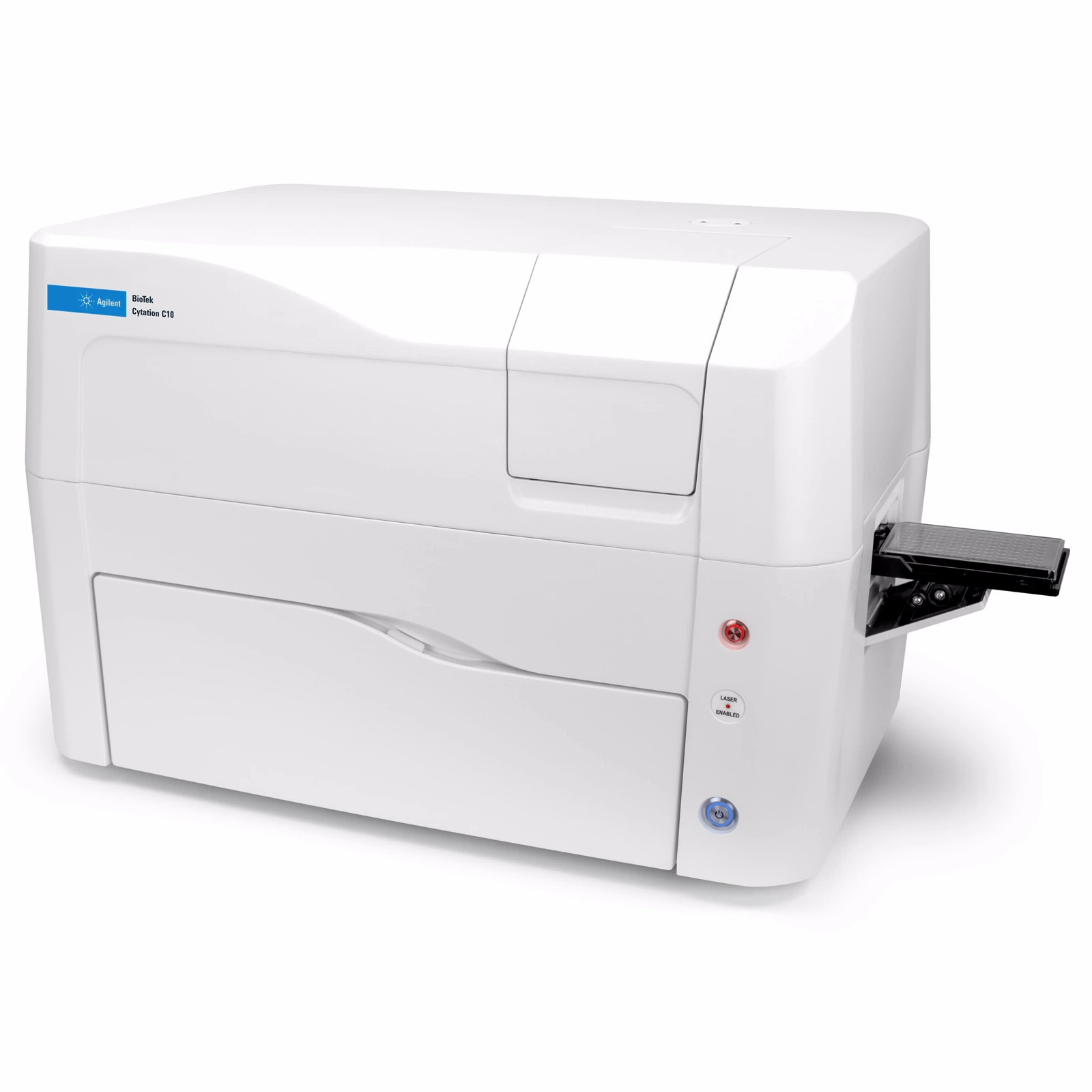
Key Specs
Performance & Applications
SpectraMax Mini – Molecular Devices

Key Specs
Performance & Applications
VANTAstar – BMG LABTECH
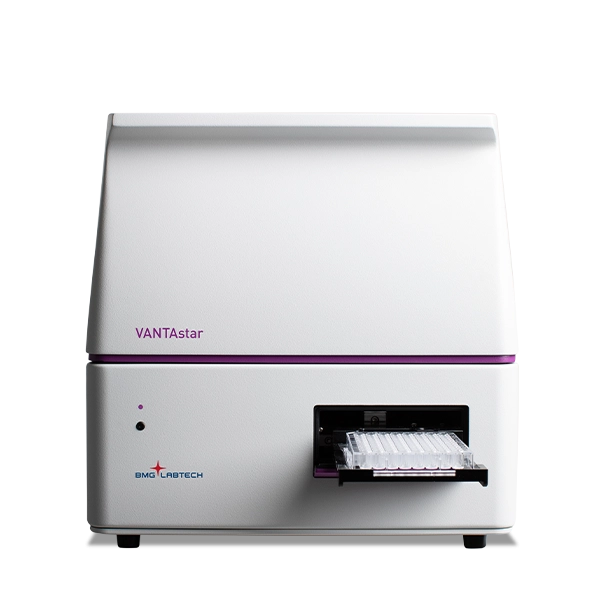
Key Specs
Performance & Applications
Spark – Tecan

Key Specs
Performance & Applications
Comparison of Top Models
Conclusion: The Best Microplate Readers of 2026
